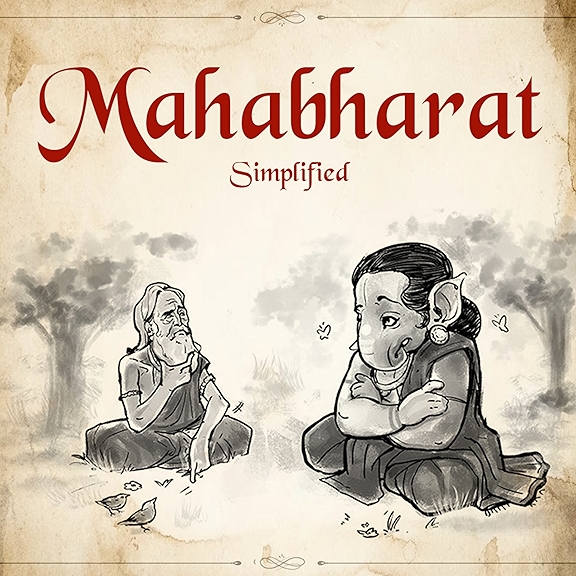
1905 saw a change in the direction of India’s nationalist struggle and deepened a communal divide that would haunt India for decades to come. The reason: Lord Curzon, the imperial Viceroy decided it was time to divide British India’s largest province, the Bengal Presidency. The Partition of Bengal was an attempt to divide the Hindu-majority west and the Muslim-dominated east. A year later, the British encouraged the formation of the All-Indian Muslim League. And in 1909, the Raj introduced separate electorates — a move that would cement a separate Muslim political identity, and eventually, Muslim separatist politics.
But the Partition of Bengal also galvanized Indian nationalists, furious at the British divide and rule strategy. New forms of protest, from calls for a boycott to the advocacy of swadeshi, emerged. The differences between extremists and moderates sharpened, but Indian nationalist political opinion was united — the Partition was wrong. In 1911, the British reversed the decision, but they had sown the seeds of the eventual partition in the east, four decades later.
In this episode, Bhaswati Mukherjee, a former Indian Foreign Service officer and author of the book on the Partition of Bengal, takes us through the roots of that fateful decision and its impact.




















